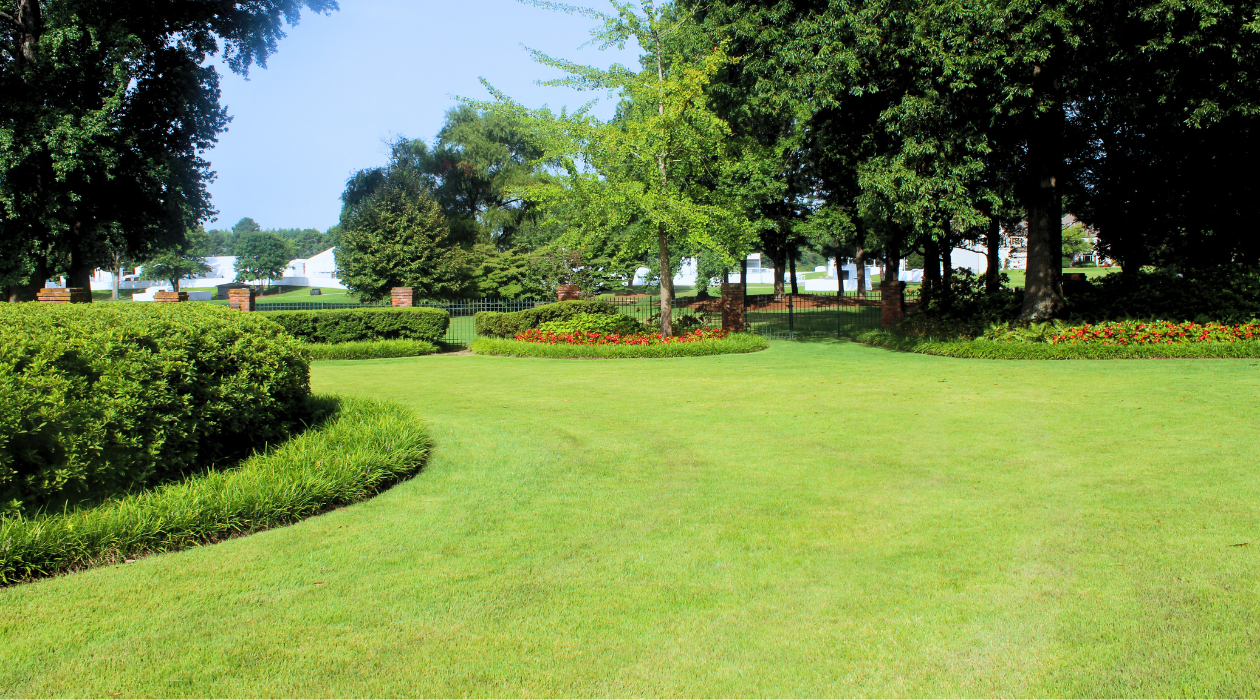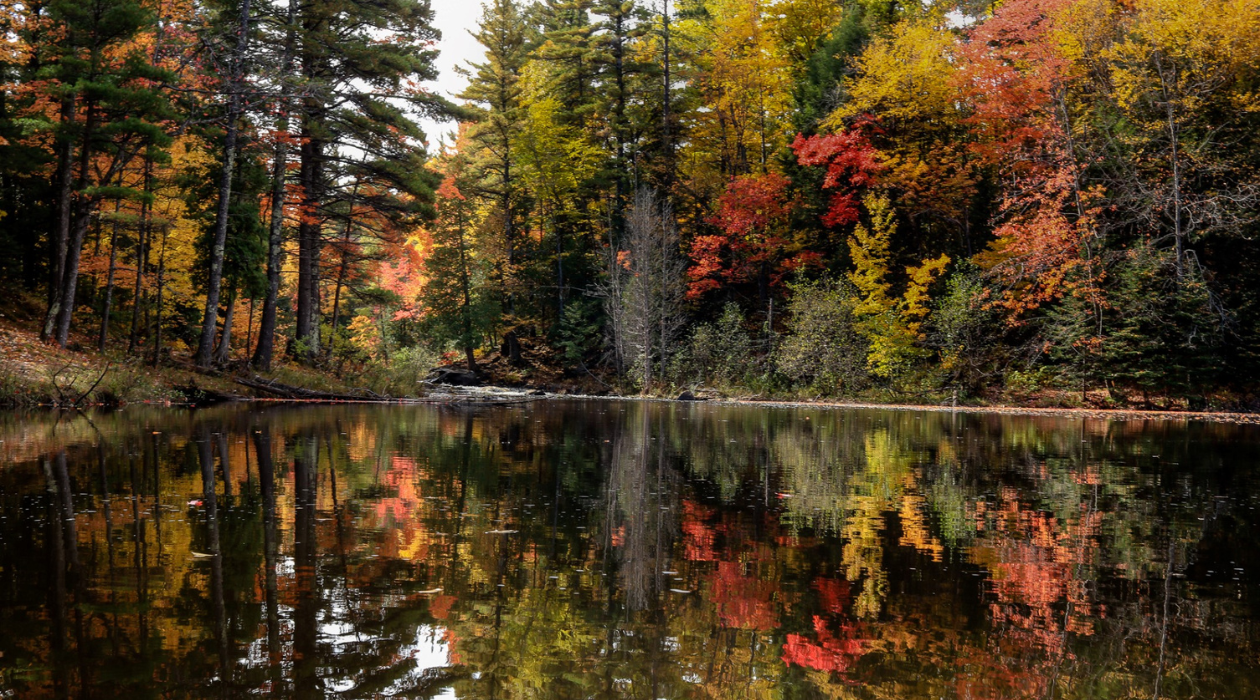Every autumn, trees transform into a stunning display of red, orange, yellow, and brown. This seasonal change isn’t just beautiful — it’s the result of complex chemical processes happening within the leaves.
Spring and Summer: A Season of Green
During the warmer months, leaves appear green because of chlorophyll, a pigment located in thousands of tiny structures called chloroplasts. These chloroplasts act as food factories, using sunlight to produce energy that sustains the tree and, ultimately, the larger ecosystem.
Autumn Arrives: Chlorophyll Breaks Down
As daylight hours shorten and temperatures drop, trees begin preparing for winter. The production of chlorophyll slows and eventually stops. As the green pigment breaks down, the tree stores nutrients in the form of starch to use during the colder months. With chlorophyll fading, other pigments already present in the leaves begin to show.
Hidden Pigments Revealed
- Carotenoids: These pigments produce yellow and orange colors. They’re present in the leaves year-round but become visible once chlorophyll disappears.
- Anthocyanins: In some species, excess sugars become trapped in the leaves as they prepare to drop. These sugars react with other compounds to form anthocyanins, creating brilliant reds and purples during cool, crisp autumn days.
- Tannins: Some trees don’t display bright colors. Instead, their leaves turn brown due to tannins — compounds that remain after chlorophyll and carotenoids have broken down.
Nature’s Preparation for Winter
These color changes are visual indicators that trees are entering a dormant state. By shedding leaves and conserving resources, trees increase their chances of surviving the cold winter months.
The next time you notice the changing colors in your landscape, remember: those vibrant autumn hues are the result of trees carefully preparing for the season ahead.
Fall’s natural color change is the perfect backdrop for enhancing your landscape. Thoughtful seasonal plantings can complement the brilliant hues already at work in nature. Contact us to plan a fall display that blends beautifully with the season.




